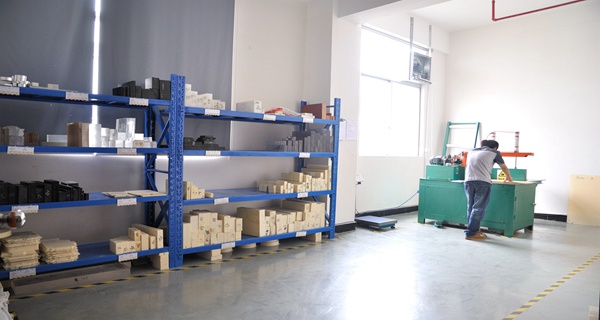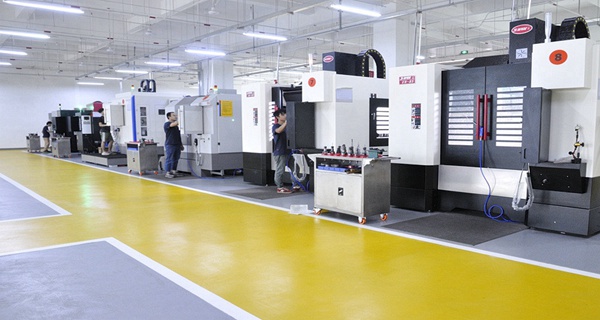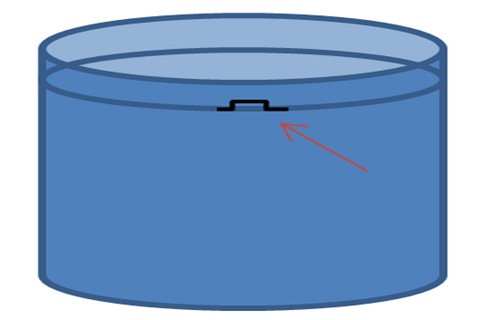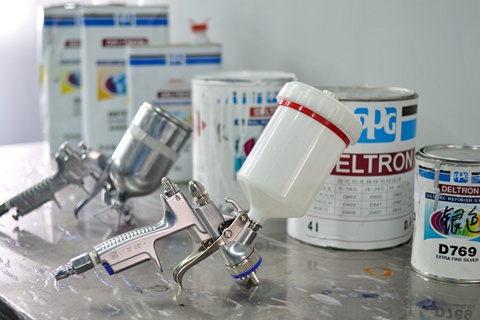Production anomaly management on the production site refers to a series of measures and management means developed in order to detect, control and solve errors, emergencies and uncontrolled situations in the production process. Mainly serving regular orders featured with short turn-around and low volume production, prototype shops have special managements to react to production anomaly cases.
Production anomaly cases at prototype shops possibly appear on material purchasing, CNC machining, production delay, quality control, etc… Any production anomaly in the work flow will have knock-on effect further, and finally affect customer satisfaction. Therefore, it is necessary to have spot-to-spot managements to response production anomaly quickly and timely so as to prevent its recurrence.
Generally, prototype shops manage production anomaly on the production flow in five steps to minimize its occurrence rates, from Preparation, Finding, Actions, Causes Tracing and Follow-up, to Topic Meeting for Precaution.
Here are three cases that belong to unrecoverable production for reference:

At prototype shops, as orders are different from one to another, raw material will not be stocked usually but be purchased following each order. In this case, they can only buy from the material shop who sells hundreds of kinds of materials that cannot be traced. It’s a material limitation that results possible anomalies. As the first process of the production, material purchasing matters the later running of the production. Once there are material anomalies and they cannot be found at first, the loss, at least the order value, will be waiting.
Prototype shops identify the material according to experiences and with available but not professional tools, such as hardness and density (weight/volume). Sometimes, finished prototypes are found that material compositions don’t match the certain specification.
PE, used often in prototypes, includes HDPE, LDPE, PE+GF, etc…, which are varied in properties. Before, a customer who works in ocean industry needs prototypes made of PE1000. PE1000’s density is 0.941-0.965 kg /m^3, which is lower than water’s so that it can float on the water surface. However when the finished prototype is received, he found the part sink in water unexpectedly and confirmed that it was definitely not PE1000. He reflected the material problem to the prototype shop and finally got an answer after checking that the material is PE but added with GF (glass fiber). The density of PE+GF is higher than water so it sank in the water when put the pool. Of course, in the end the responsible prototype shop will afford the loss and make new one for the customer.
The key to avoid the anomalies if simply put the material in the water before machining.

Most of prototype shops don’t have the designing capacity, and will strictly program the design according to the provided CAD drawings, 3D data and 2D drawings. According to CNC programming, the CNC material would be told how to machine the part step by step. What CNC engineers should do is not only programming the needed structure but also design the tooling routine to achieve effective machining process.
Common CNC machining anomalies includes ignorance of micro feature, over-cutting, less-cutting, etc... Some of anomalies can be made up by second machining and some like over-cutting may not.
A CNC machined tube has several lug bosses of 0.5mm height at sealing ring areas (as below). The original machining steps for the sealing ring are turning sealing ring to dashed line area on lathe, 0.5mm higher than the needed ring width, and then milling the lug bosses on 3-axis CNC machine. However, due to over-cutting 0.5mm height material, the lug bosses are not possible to be milling any more. The workpiece cannot be used due to 0.5mm over-cutting.

The key to avoid the anomalies is that the machining parameters should be well controlled with certain cutting degree reserve for adjustment.

Like sanding & polishing, blasting & brushing, painting & printing,laser etching, anodizing, electroplating, chroming, chemical finishing, powder coating, etc., in-house finishes at prototype shops are processed by handcrafts mostly. On the one hand, the handcraft can satisfy customized finish by delicately processing; on the other hand, as the handcraft is hardly controlled strictly with standards like machine, there will be differences for same finish processed by different people or tools.
Common post-finish anomalies include mismatched color difference by painting or powder coating, uneven anodizing/chroming, attached stains / blemishes and so on…
For anodized aluminum parts, it is necessary to have hanging points on the part surface for anodizing but the indentation on the hanging points will be left on the surface inevitably. Usually, the hanging points will be at inside surface, invisible from outside. However, in some case, when the machined parts are required smooth surface including certain area inside for seal or assemble, if without confirmation before anodization, the indentation on hanging points at the critical areas, even invisible, is possible to be considered as defects by customers. More importantly, indentation is hardly be recovered due to the material decreasing.
The key to avoid the anomalies is to pre-confirm the allowable hanging area before production and don’t take it for granted all the time.
The occurrence rate of production anomalies will be getting down when the manage system of prototype shop become more and more mature, as well as with the richer and richer production experiences. In short, when you are looking for a reliable prototype shop, don’t forget their ages, better more than 3 year old!


